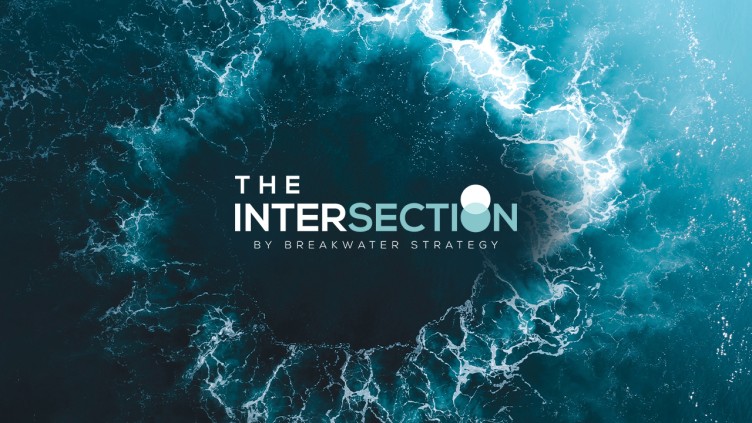Over the past weeks, there has been a growing sense that the U.S. economy may be heading toward a broad, systemic crisis. To-date, these fears are inchoate, a mix of concerns triggered by, among many other things, the high-profile collapse of a number of regional banks, looming worries about the state of the commercial real estate market, and the potential fallout of a U.S. government default if the White House and Congress cannot negotiate a timely deal to raise the debt ceiling. All this is happening against the backdrop of an already slowing economy that has operated under the shadow of potential stagflation for over a year.
Obviously, nobody can predict with full confidence whether such a crisis will emerge or not. Indeed, one can still make a highly compelling case that the data points to the enduring possibility of a “soft landing” for the economy or even renewed accelerated growth over the coming quarters. Yet it’s not too early to start imagining how such a worst scenario could unfold, what it would mean for your enterprise, and how you might start positioning now –– strategically, operationally, and politically –– to best navigate through such a period.
The experience of the 2008 Global Financial Crisis holds important lessons. Then, too, the warning signs of a potential crisis were observable for a fairly long period of time. Few accurately predicted the precise timing or scope of the eventual financial system meltdown and subsequent recession, yet the indicators of a potentially sharp and widespread downturn were there, including a widely reported on credit crunch over the course of late 2007-early 2008, the failure of a number of smaller financial institutions and rising default rates among mortgage holders. And, as the actual crisis took hold it didn’t happen overnight, but rather unfolded over the course of several long, difficult months.
Despite the time they had to prepare, a great many business leaders failed to adequately steel themselves or their organizations. The results created scars still visible 15+ years later: the auto industry executives flying by private jets to Washington, D.C. to ask Congress for bailouts; the Wall Street banks inadvertently foreclosing on active military members in violation of federal regulations; the parade of executives who complained of how badly they were being treated even as workers were out of jobs and investors lost savings.
In fairness, the experience of 2008 was truly unique, a systemic financial crisis on par with that experienced in the lead up to the Great Depression. It is understandable that executives simply couldn’t imagine a calamity of those proportions.
Today’s leaders cannot offer the same excuse. If those looming dark clouds turn into a true financial storm, stakeholders will justifiably expect companies to be better prepared now than they were before the GFC.
Preparedness does not require endless contingency planning against infinite scenarios, but instead can be simplified to a more manageable set of “stress test” exercises.
This will look different for every company, but should generally include a consideration of the likely business implications of a sharp uptick in unemployment, a sharp reduction in access to credit and a significantly lower consumer spending and business investment. It may be worth beginning to communicate now with investors, regulators, business partners, and employees about how the organization is thinking about and preparing to manage these risks.
Organizations should also consider the reputational and political implications of such an event. This requires taking a hard look at how a determined critic might seek to blame or otherwise hold the business accountable for the crisis. That might include ways in which the business directly created the conditions for the downturn, or it might be a more general allegation of things like “corporate greed.” In either case, companies need to think about the kinds of negative sentiment they might face and how they would respond to it. Along the same lines, they need to be thinking about how various government actors might behave, driven by the public dialogue.
These types of foresight exercises will not only help build the company’s “fast-twitch” ability to respond if things go south, but may also uncover worthwhile actions the company can take (or forego) right now that will help mitigate risk in the worst case scenarios. Executives should be thinking carefully about their near-term compensation announcements, share buy-backs, non-essential expenditures, political giving and other activities, with an eye toward how those actions might be viewed retrospectively from the position of a crisis that unfolds over the second half of the year.
The point here is not to bring a gloom-and-doom mindset to work each day. No business can operate constantly worrying about a disaster that might not manifest. But we are reaching a point where it’s no longer defensible to say that the risks of a serious economic setback are so remote as to not justify active consideration.
The signs are out there. It is up to effective leaders to use those prompts to spur their organizations toward necessary preparations.

